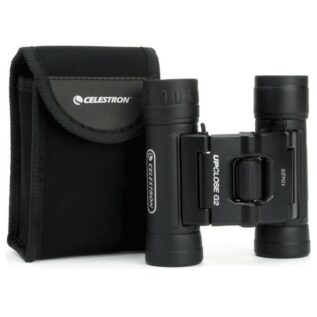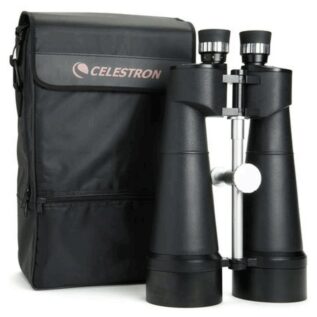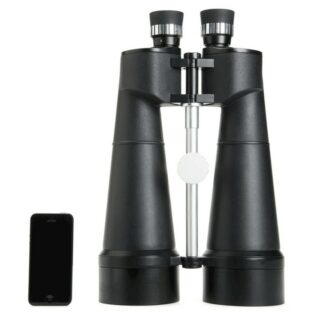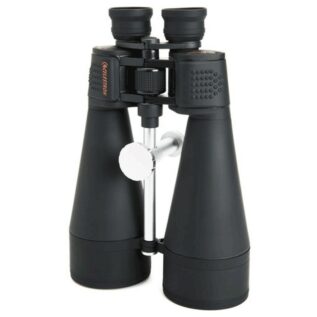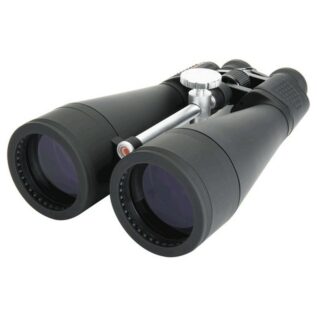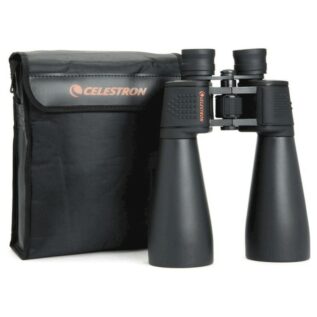How to Choose Binoculars
Are you in the market for a new pair of binoculars, but feeling overwhelmed by the number of options available? Don't worry, you're not alone. Choosing the right pair of binoculars can be a daunting task, but with a little bit of knowledge and guidance, you can find the perfect pair to suit your needs. In this article, we'll cover everything you need to know to make an informed decision when choosing binoculars.
Understanding Binocular Terminology
Before we dive into the different types of binoculars available, it's important to understand some basic terminology. Here are some terms you should be familiar with:
Magnification
Magnification refers to how much closer an object appears when viewed through binoculars. For example, if you're using 8x magnification binoculars, an object will appear eight times closer than it would to the naked eye.
Objective Lens Diameter
The objective lens is the lens at the end of the binoculars farthest from your eyes. The diameter of this lens is measured in millimeters and is usually the second number in the binocular's specification (e.g. 8x42).
Field of View
Field of view refers to the width of the area you can see through the binoculars at a certain distance. It's typically measured in feet at 1,000 yards or meters at 1,000 meters.
Exit Pupil
The exit pupil is the small circle of light you see when you hold the binoculars away from your eyes. It's calculated by dividing the objective lens diameter by the magnification. A larger exit pupil allows for more light to enter your eye, which can be beneficial in low-light conditions.
Types of Binoculars
Now that you have a basic understanding of binocular terminology, let's explore the different types of binoculars available.
Porro Prism Binoculars
Porro prism binoculars are the most common type of binoculars. They have a classic design with offset objective lenses and eyepieces that are not aligned with the objective lenses. These binoculars tend to be less expensive than roof prism binoculars and can provide a wider field of view.
Roof Prism Binoculars
Roof prism binoculars have a more compact and streamlined design, making them more portable and easier to use with one hand. They tend to be more expensive than porro prism binoculars but can provide higher quality images.
Compact Binoculars
Compact binoculars are smaller and more portable than full-size binoculars. They're great for activities like hiking, birdwatching, and traveling.
Zoom Binoculars
Zoom binoculars allow you to adjust the magnification, giving you more versatility in your viewing experience.However, they tend to be more expensive and can be heavier and bulkier than fixed magnification binoculars.
Considerations When Choosing Binoculars
Now that you're familiar with the different types of binoculars, it's time to consider what you'll be using them for and what features are important to you. Here are some factors to consider:
Intended Use
Think about what you'll be using the binoculars for. Will you be using them for birdwatching, hunting, stargazing, or something else? Different activities may require different types of binoculars.
Magnification
Consider what magnification will best suit your needs. Higher magnification may provide more detail but can also result in a narrower field of view and a shakier image.
Objective Lens Diameter
The larger the objective lens diameter, the more light the binoculars can gather. This can be beneficial in low-light conditions.
Field of View
Consider the field of view you need for your intended use. A wider field of view can be beneficial for activities like birdwatching or sporting events, while a narrower field of view may be sufficient for stargazing.
Eye Relief
Eye relief refers to the distance between the eyepiece and your eye. If you wear glasses, you'll want a longer eye relief to accommodate them.
Image Quality
Consider the image quality you're looking for. Higher quality binoculars will generally provide sharper, clearer images with better color accuracy.
Durability
Think about the durability of the binoculars, especially if you'll be using them outdoors or in rugged conditions. Look for binoculars that are waterproof, shockproof, and have a rugged design.
Frequently Asked Questions
What is the best magnification for binoculars?
There's no one-size-fits-all answer to this question, as the best magnification will depend on your intended use. Generally, lower magnification (around 8x) is good for activities like birdwatching, while higher magnification (12x or higher) may be better for activities like stargazing.
Should I choose porro prism or roof prism binoculars?
Both porro prism and roof prism binoculars have their advantages and disadvantages. Porro prism binoculars tend to be less expensive and can provide a wider field of view, while roof prism binoculars are more compact and can provide higher-quality images.
What size binoculars should I choose?
The size of binoculars you choose will depend on your intended use. Full-size binoculars are great for activities like birdwatching, while compact binoculars are better for hiking and traveling.
Do I need waterproof binoculars?
If you plan on using your binoculars outdoors, waterproofing can be a useful feature to have. It can protect your binoculars from rain, snow, and other environmental factors.
How much should I spend on binoculars?
The amount you should spend on binoculars depends on your budget and the features you're looking for. Determine what features are most important to you and what you're willing to spend before making your purchase.

